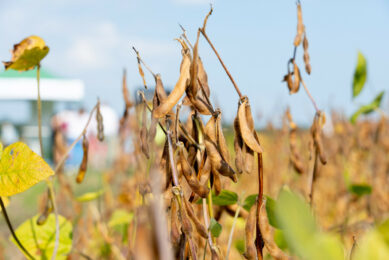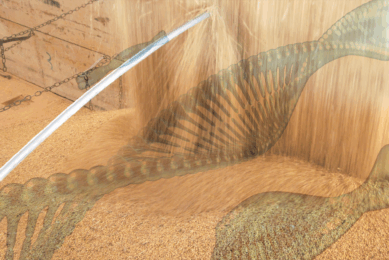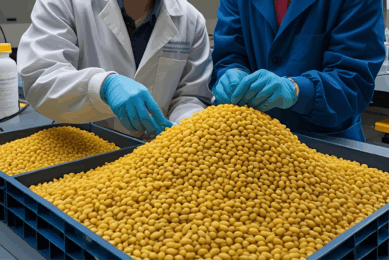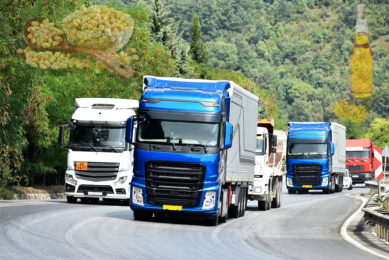Iranian farmers urged to move away from corn and soy feed
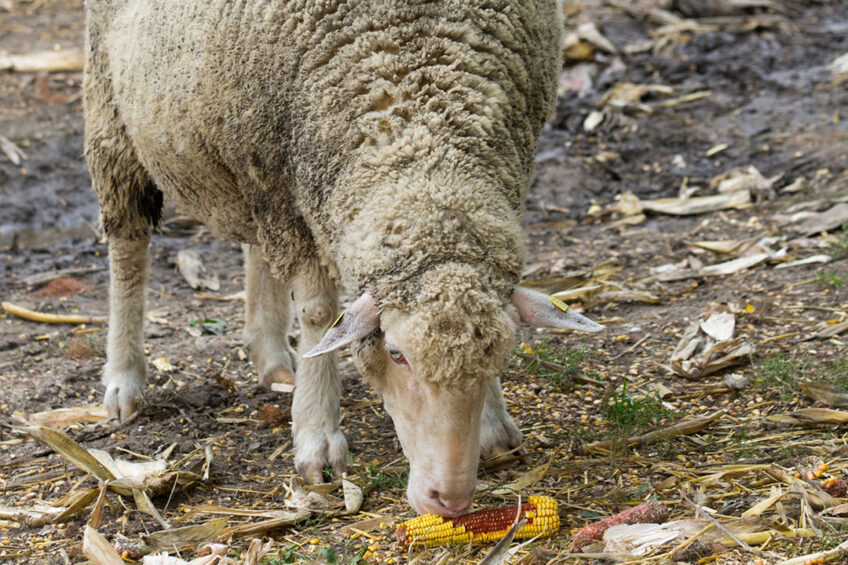
Iran needs to move away from feeding its poultry and livestock with a diet consisting of corn, soybean meal and barley in favour of those comprised of local crops, Seyyed Ahmadreza Alian, general director of the Livestock Products Nutrition Improvement Office, told Fars News Agency.
The Iranian Ministry of Agricultural Jihad estimated that in the current Persian year, the country will import 10 million tonnes of corn and 4.5 million tonnes of soybeans to meet the demand of poultry and livestock feed manufacturers.
The Ministry harbours plans to gradually abandon the use of imported corn and soybean, which the officials dub the ‘American version’ of animal feeding.
The country spends around $6 billion per year on feedstuff imports, the money the Iranian agricultural industry officials believe could be put to better use, according to Alian. For instance, it could be sufficient to build around 15,000 km of roads in the country.
‘American version’ of animal feeding
The expert community partly backs the new government’s import-replacement push. Ali Azizi, an independent agricultural expert, agreed that the Iranian feed industry has the potential to move away from using corn and soybeans.
He told Fars News that the United States is the largest manufacturer of these crops and threw its weight around so that other countries adopted its feeding methods. He expressed an opinion that other crops could be used to replace the “American version” without harming the livestock industry productivity.
Feedstuff marketplace
To help farmers, reserves of ‘rapeseed, cottonseed, sunflower’ and other inputs have been established by the Iranian authorities, according to Alian.
The Ministry has established a ‘marketplace’ through which Iranian farmers could buy necessary inputs, he added.
Sanction pressure
Iran faces difficult times in sourcing necessary imported feedstuff, owing to Western sanctions imposed over the country’s nuclear program and complicated logistics. At least a partial switch to domestic grain and oilseeds should ease the pressure on the livestock and poultry industries, Alian claimed.
The Ministry estimated that out of 18 million ha of agricultural land, Iranian farmers only use 14. The rest is suitable for growing fodder plants with low water requirements, Fars News reported.
Over the past several years, Iranian farmers have been consistently complaining about a lack of feedstuff and skyrocketing prices on the open market. To deal with the crisis, Iranian feed mills have considered various options, including manufacturing feed from lignocellulosic waste.




